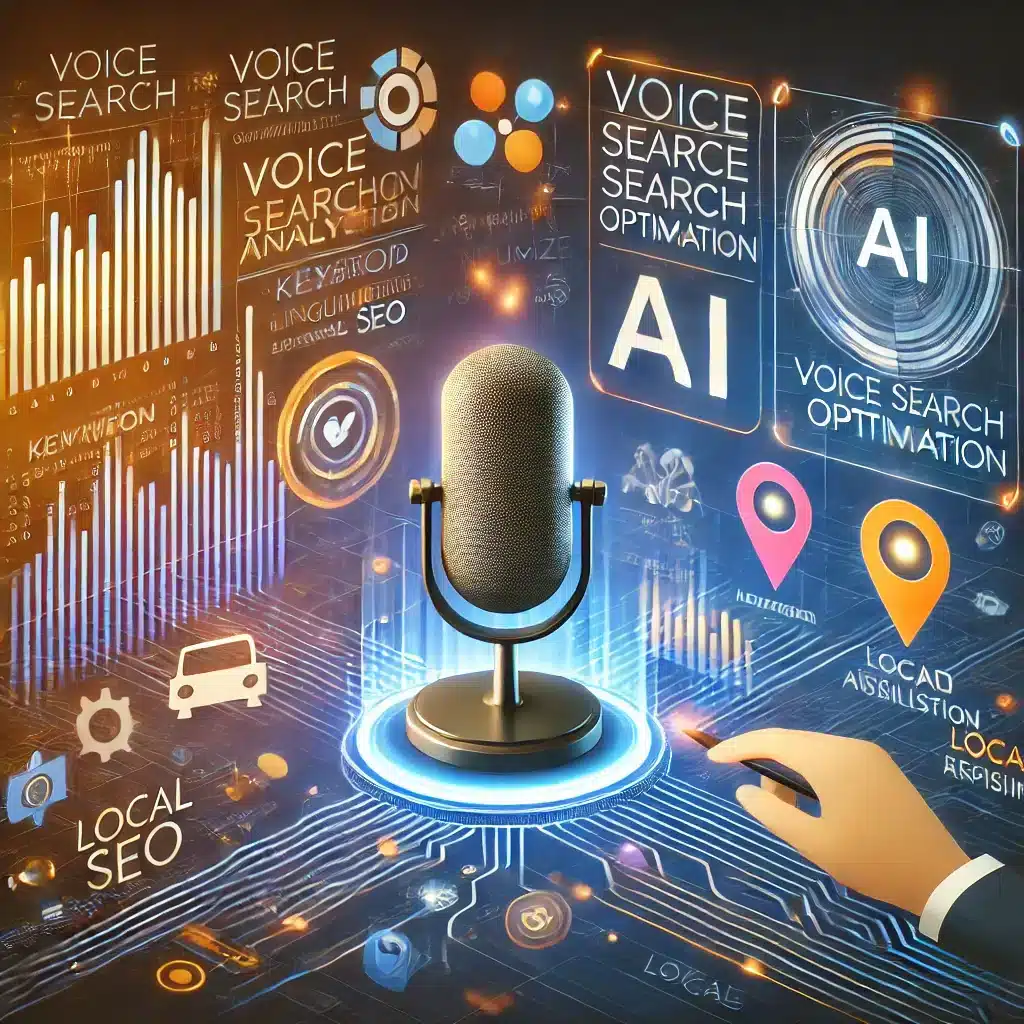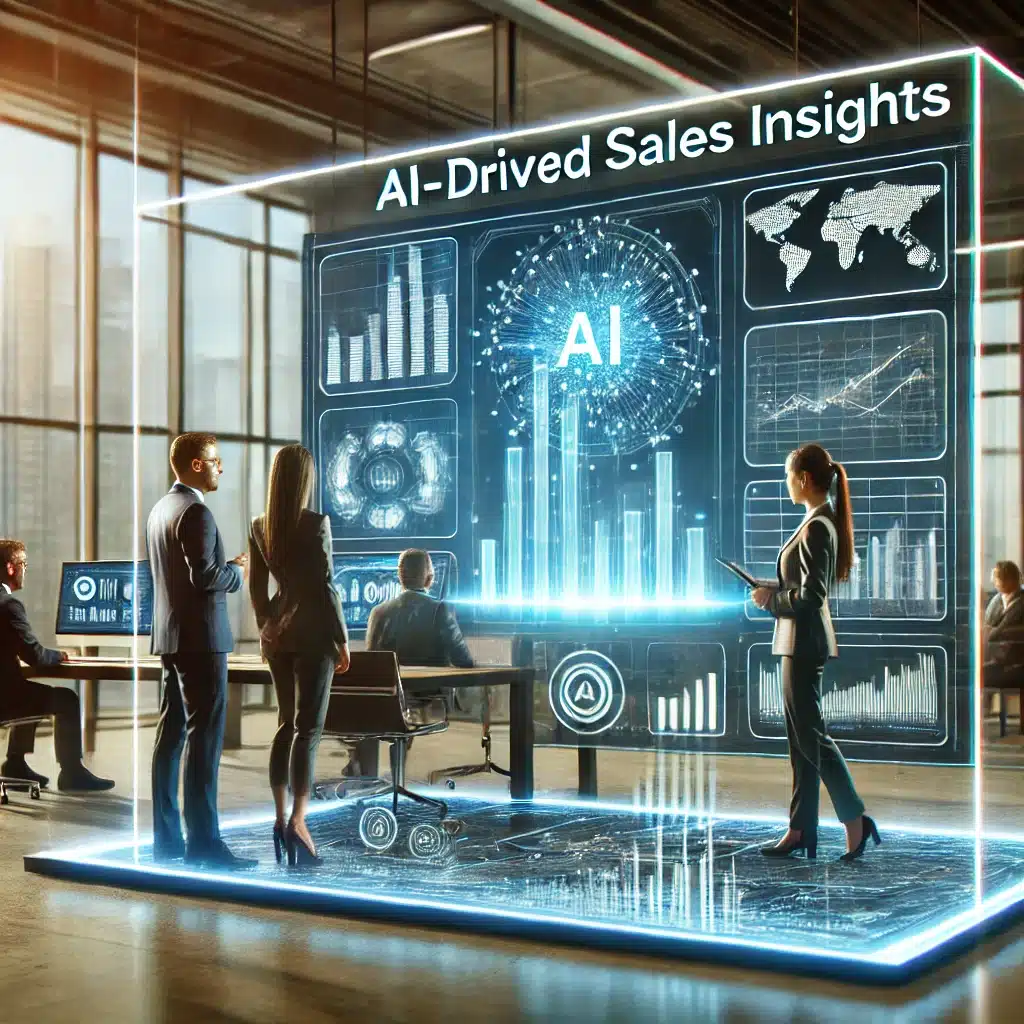The Role of AI and Workforce Management
AI is becoming increasingly influential in workplace dynamics, with significant implications for employee morale. Google has integrated AI tools in its town halls to summarize employee questions. While this might seem efficient, it has raised concerns about transparency. Therefore, it’s essential to understand the broader impact of AI on employee engagement.
AI’s Influence on Communication and Transparency
Google’s Implementation of AI in TGIF Meetings
Google’s use of AI to filter and summarize employee questions during TGIF meetings has been controversial. Initially, employees appreciated the in-depth Q&A sessions. However, many now feel the AI tool sanitizes and softens their inquiries. Consequently, the meetings have lost some of their openness and vibrancy, leading to a decline in employee participation.
Potential Downsides
Although AI tools were introduced based on employee feedback, the unintended consequences are notable. Employees argue the AI-written summaries remove the rawness and directness that spurred genuine discussions. As a result, many feel disengaged and believe leadership is avoiding hard questions.
AI and Workforce Management
Klarna’s Approach to Boosting Productivity
Meanwhile, Klarna plans to operate with half its previous staff, attributing this shift to AI’s ability to enhance productivity. The company’s CEO highlighted cost savings by reducing reliance on certain traditional roles and streamlining marketing efforts through AI.
Implications for Employee Morale
While AI boosts efficiency, it also raises concerns about job security. Klarna’s reliance on AI to handle workload traditionally managed by hundreds of employees may leave the remaining workforce anxious. Additionally, tech companies like Google and Apple have seen numerous layoffs partly due to AI investment. This trend impacts overall morale, making employees wary of their job futures.
Balancing Efficiency and Employee Well-being
Building Confidence in AI Implementation
The challenge lies in balancing AI’s efficiencies with employee well-being. Employers should prioritize transparent communication about AI’s role and benefits. Training programs can help employees adapt to new technologies, fostering a sense of inclusion and understanding. Addressing employees’ concerns head-on can reduce anxiety and improve morale.
The Path Forward
Integrating AI in the workplace offers many benefits, but it must be managed thoughtfully. Companies should aim to maintain a transparent, engaging environment to keep morale high. As AI continues to evolve, businesses must navigate this complex terrain carefully to ensure a harmonious balance between technology and human capital.
In Summary
AI’s role in the workplace is multifaceted, influencing both productivity and employee morale. Google’s and Klarna’s experiences illustrate the need for thoughtful implementation. By addressing potential downsides and focusing on transparent communication, companies can harness AI’s benefits while maintaining high employee engagement.



